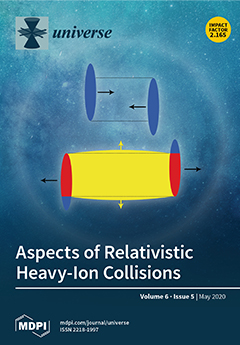Young pulsars are thought to be highly magnetized neutron stars (NSs). The crustal magnetic field of a NS usually decays at different timescales in the forms of Hall drift and Ohmic dissipation. The magnetization parameter
is defined as the ratio of the Ohmic timescale
to the Hall drift timescale
. During the first several million years, the inner temperature of the newly born neutron star cools from
K to
K, and the crustal conductivity increases by three orders of magnitude. In this work, we adopt a unified equations of state for cold non-accreting neutron stars with the Hartree–Fock–Bogoliubov method, developed by Pearson et al. (2018), and choose two fiducial dipole magnetic fields of
G and
G, four different temperatures, T, and two different impurity concentration parameters, Q, and then calculate the conductivity of the inner crust of NSs and give a general expression of magnetization parameter for young pulsars:
G) by using numerical simulations. It was found when
G, due to the quantum effects, the conductivity increases slightly with the increase in the magnetic field, the enhanced magnetic field has a small effect on the matter in the low-density regions of the crust, and almost has no influence the matter in the high-density regions. Then, we apply the general expression of the magnetization parameter to the high braking-index pulsar PSR J1640-4631. By combining the observed arrival time parameters of PSR J1640-4631 with the magnetic induction equation, we estimated the initial rotation period
, the initial dipole magnetic field
, the Ohm dissipation timescale
and Hall drift timescale
. We model the magnetic field evolution and the braking-index evolution of the pulsar and compare the results with its observations. It is expected that the results of this paper can be applied to more young pulsars.
Full article





